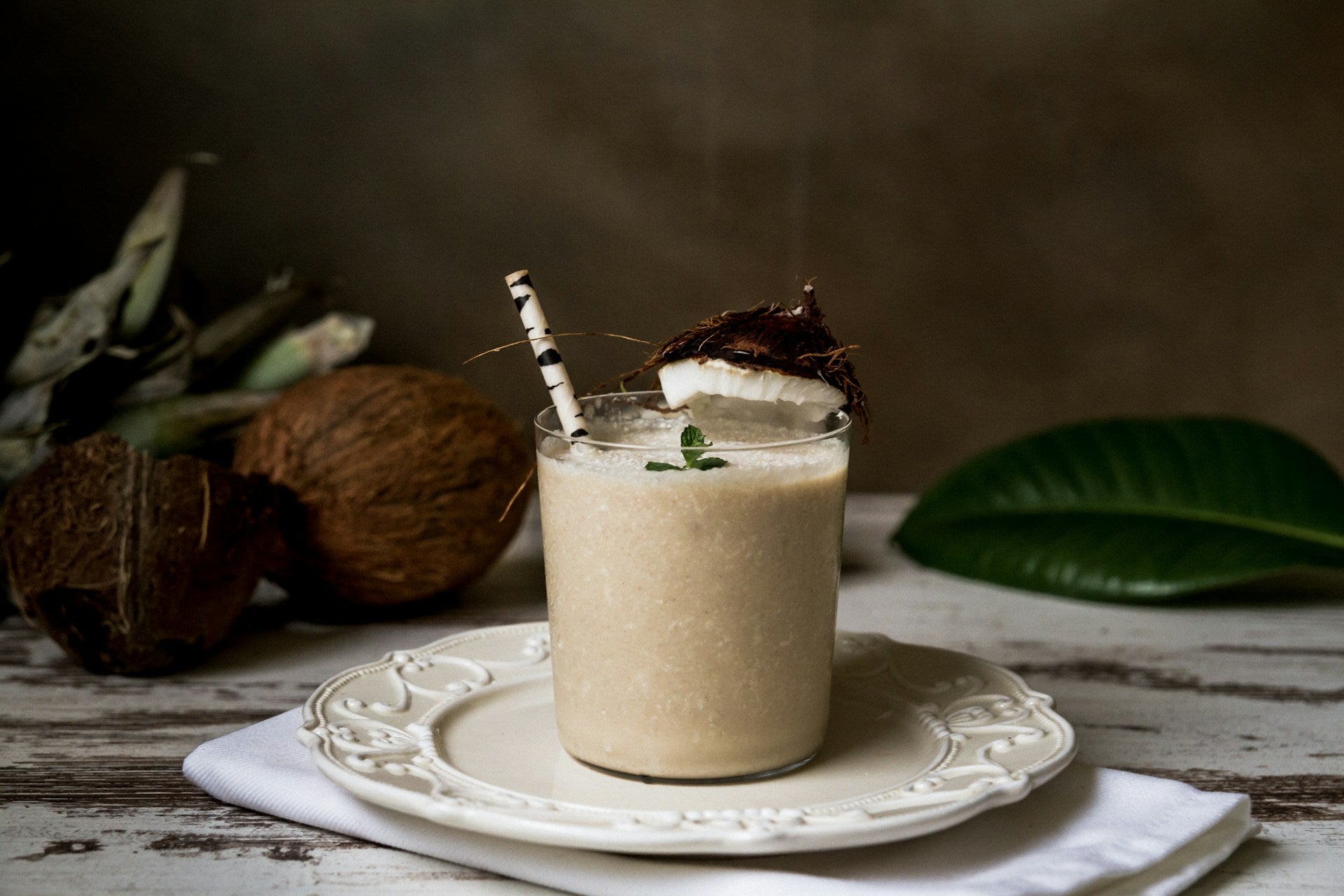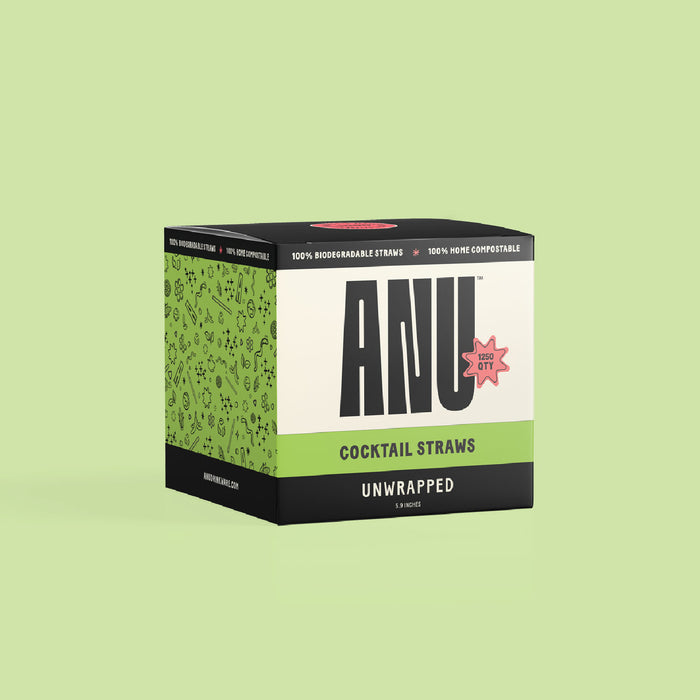

The Science Behind Compostable Cocktail Straws Explained
Plastic pollution is a significant environmental issue, and disposable straws are a major culprit. They are often used just once and then discarded, contributing to the vast amounts of plastic waste found in our oceans and landfills. Switching to compostable cocktail straws is a simple yet impactful step we can take to reduce this waste and help the environment.
Compostable cocktail straws are made from eco-friendly materials that break down naturally. Unlike traditional straws, which can take hundreds of years to decompose, compostable straws can break down in a matter of months under the right conditions. This makes them a much better option for those of us looking to lead more sustainable lifestyles.
By understanding what compostable straws are made of and how they benefit the environment, we can make more informed choices. Learning about the science behind these straws highlights their advantages and helps us see why they are a superior choice for anyone aiming to minimize their ecological footprint. "No Plastic, Just Fantastic!" succinctly captures the shift towards more responsible consumption.
What Are Compostable Cocktail Straws Made Of?
Compostable cocktail straws are crafted from eco-friendly materials designed to break down naturally. One popular material is Polyhydroxyalkanoates (PHA), a type of bioplastic derived from plant sugars. Bacteria feed on these sugars, producing PHA, which can then be harvested and molded into various forms, including straws. Another common material is Polylactic Acid (PLA), which is made from fermented plant starches like corn or sugarcane.
The materials used in manufacturing compostable straws are chosen for their ability to decompose under composting conditions. Both PHA and PLA are designed to break down into water, carbon dioxide, and biomass when exposed to heat, moisture, and microbial activity. This stands in stark contrast to petroleum-based plastics, which can take centuries to degrade.
The process of converting these materials into straws involves several steps. First, the raw bioplastic material is produced through fermentation or other chemical processes. This material is then pelletized and melted down to be molded into the desired straw shape. Once formed, the straws are cooled, cut to the correct length, and packaged for distribution. This process ensures that the straws maintain their shape and functionality while being environmentally friendly.
The Environmental Impact of Traditional Disposable Straws
Traditional disposable straws, primarily made from petroleum-based plastics, have several negative environmental impacts. One of the biggest issues is their contribution to plastic pollution. Millions of plastic straws end up in landfills or oceans each year, where they can take hundreds of years to decompose. During this time, they break down into microplastics, which can contaminate soil and water.
Plastic pollution from disposable straws poses a significant threat to wildlife. Marine animals, such as sea turtles and birds, often mistake plastic straws for food, which can lead to ingestion and, ultimately, injury or death. Additionally, plastic straws can entangle animals, restricting their movement and causing harm.
The production of plastic straws also has a considerable environmental footprint. The process involves the extraction and refining of fossil fuels, which contributes to greenhouse gas emissions and climate change. Manufacturing plastics requires significant energy and water resources, further exacerbating their environmental impact.
By understanding these detrimental effects, we can see why switching to compostable cocktail straws is a crucial step towards reducing our ecological footprint. "No Plastic, Just Fantastic!" captures the essence of this change, showcasing the benefits of choosing compostable alternatives.
How Compostable Cocktail Straws Break Down
Compostable cocktail straws break down through a natural decomposition process. This occurs when the straws are exposed to the right conditions—primarily heat, moisture, and microbial activity. The materials used in these straws, such as PHA and PLA, are designed to degrade without leaving harmful residues. In home compost bins, these straws typically take a few months to break down completely. In industrial composting facilities, where conditions are more controlled, the process can be even quicker.
Comparing compostable straws to traditional plastic ones reveals significant differences. Traditional plastic straws can take hundreds of years to break down, and even then, they merely fragment into smaller pieces known as microplastics. These microplastics pose long-term environmental hazards. Recyclable plastic straws, while better than non-recyclable ones, still require specific conditions for processing and are often contaminated with food waste, making recycling less effective.
Compostable straws, on the other hand, decompose fully into natural elements like water, carbon dioxide, and organic matter. This means they do not contribute to long-term pollution and can even enrich the soil when composted properly. The biodegradable nature of these straws makes them a far superior option for those aiming to reduce their environmental impact.
Benefits of Using Compostable Cocktail Straws in Daily Life
Incorporating compostable cocktail straws into our daily routines is easier than you might think. Here are some practical tips to help you make the switch:
- At Home: Keep a pack of compostable straws in your kitchen for everyday use. Encourage family members to use these straws instead of plastic ones.
- Restaurants and Bars: If you own or manage a dining establishment, switching to compostable straws can drastically reduce your environmental footprint. Customers will appreciate the sustainable choice, adding value to your brand.
- Events and Parties: Hosting a gathering? Use compostable straws to make your event eco-friendly. Guests will be impressed by your commitment to sustainability.
Using compostable straws supports a broader sustainability goal. By choosing these straws, we contribute to reducing plastic waste, lowering our carbon footprint, and protecting marine and wildlife. The more we use compostable options, the greater our collective impact on preserving the planet. Conscious choices like these align perfectly with our tagline, "Consciously Convenient."
Conclusion
The shift towards using compostable cocktail straws is a crucial step in addressing plastic pollution and its detrimental effects on our environment. This small change can lead to significant positive impacts, from reducing landfill waste to protecting wildlife and contributing to healthier ecosystems. Compostable straws decompose naturally, unlike traditional plastic straws, which linger and cause long-term pollution.
Beyond their environmental benefits, compostable straws are practical and easy to integrate into daily life, whether at home, in restaurants, or at events. Choosing compostable straws is an actionable way to contribute to sustainability goals and minimize our ecological footprint.
If you're ready to make a responsible choice, explore our range of eco-friendly straws. Switch to compostable cocktail straws from Anu Drinkware and take the first step towards a cleaner, greener future with a CONSCIOUSLY CONVENIENT solution.



